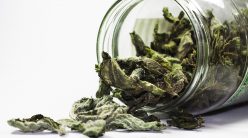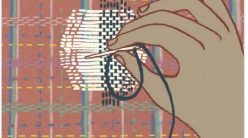Do you mulch your vegetable gardens? If you don’t, you should. The right mulch helps retain moisture, prevents weeds from getting a foothold and even enriches the soil as it breaks down.
Here are 12 great sources of natural mulch (many of them free!)…
- Bagged leaves (except from the black walnut tree due to the presence of juglone, a chemical that inhibits growth of many plants)
- Untreated grass clippings
- Straw
- Mulched tree trimmings (many tree companies will give this away free and even drop it off)
- Wood shavings from untreated wood
- Compost mixed with straw
- Chicken or rabbit manure mixed with straw or wood shavings
- Cardboard covered with a layer of leaves or other mulch
- Mushroom compost
- Pine needles (these break down very slowly and can very slightly increase soil acidity; if this concerns you then use them for acid-loving plants like blueberries)
- Leaves from backyard plants like rhubarb
- Weed tops (be sure weeds have not gone to seed)
Compost is one of the best materials to work into your mulch, no matter what type you use. If you don’t have enough of your own, you can purchase it from many municipal yard waste centers.
To prevent bagged leaves from blowing around in the garden, you may want to shred them with your lawn mower or allow them to partially decompose before applying.
All of these have their own benefits and some have drawbacks (sawdust, for instance, can temporarily decrease nitrogen levels). The best mulch is often a mix of several types of organic materials to get the best of each.
Mulches make vegetable gardening so much easier, and have a place in every garden. If you have a favorite mulch that’s not on the list, please leave it in the comments!






